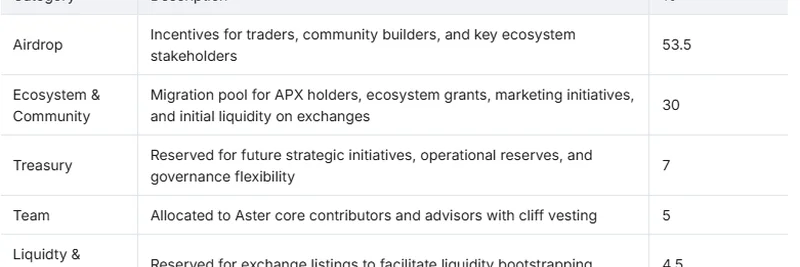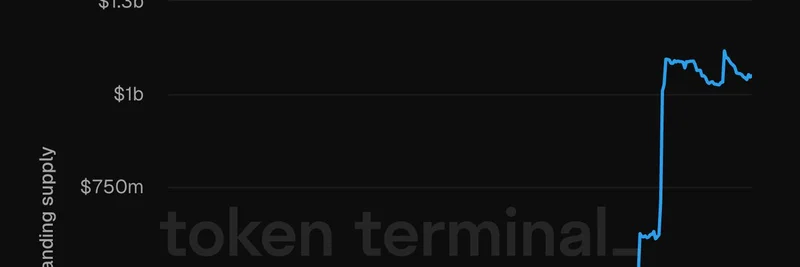In the fast-paced world of crypto, opinions can spark heated debates, especially when they challenge the status quo. Recently, investor Kyle (@0xkyle__) dropped a thread on X that's turning heads. He lays out a "deeply unpopular opinion" about why Chinese coins are winning while Western ones lag behind. It's all about flows – the net buying and selling pressures that dictate a token's price action. If you're into meme tokens or altcoins, this insight could reshape how you approach trades.
Kyle's thread builds on a quote from @codesnotlaw, who summed it up neatly: "Eastern coins for PA, western coins for real PMF. Different time horizons for each trade." Here, PA likely refers to price action – those quick pumps – while PMF means product-market fit, the long-term value play. But Kyle dives deeper, arguing that the real game is incentives and who controls the supply.
Everything Comes Down to Flows
Kyle's core axiom? "Everything is flows." In crypto speak, flows are the inflows and outflows of capital into a token. Positive flows come from net buying, lockups, or sinks (mechanisms that remove tokens from circulation). Negative flows? That's selling pressure from emissions (new tokens entering the market) or unlocks.
He points out that most tokens have a natural downward bias because no one wants to lock up their holdings, and sinks often fail. Fundamentals – like a project's tech or utility – are just tools to attract flows. A low price-to-earnings ratio might draw buyers, but real impact comes from buybacks, where projects repurchase their own tokens.
This ties into recent trends like Directed Acyclic Tokens (DATs), which Kyle sees as temporary flow boosters. They pump prices short-term by buying up supply but eventually succumb to the market's gravity. Buybacks work too, but only if the project has deep pockets, like Hyperliquid.
Over the past six months, Kyle's pattern recognition led him to spot outperformers. Spoiler: They're mostly Chinese coins.
The East-West Divide: Incentives Matter
The crux of Kyle's argument isn't about geography – it's incentives. Chinese coins like BNB (Binance) and MNT (Mantle, tied to Bybit) are controlled by exchanges that have no reason to dump. A tanking token would tarnish the exchange's rep. These entities act like their own buyback machines, supporting prices without fiduciary duties to sell.
Contrast that with Western coins, often backed by venture capitalists (VCs). VCs have a mandate to return profits to investors, which means selling when unlocks hit. "MEGAFUND owns your coin? Good for flows at launch, bad when they unlock," Kyle warns. This constant selling pressure turns even promising projects into down-only trades.
He echoes @degentradingLSD, who noted that old-school 2020/2021 strategies of buying "good coins" don't work anymore. Launches are priced for perfection, and VC unlocks create endless dumps.
Kyle's portfolio reflects this: 50% in ASTR (Aster) and 50% in MNT. Why? Zero allocation to VCs. Check out Aster's tokenomics – it's a masterclass in alignment.
- Airdrop: 53.5% – Incentives for traders, builders, and stakeholders.
- Ecosystem & Community: 30% – Migration pools, grants, and marketing.
- Treasury: 7% – For operations and governance.
- Team: 5% – Vested over time.
- Liquidity & Listing: 4.5% – Bootstrapping exchanges.
No investor slice means no mandated sells. Airdrops likely go to aligned entities, like those tied to Binance, who believe in the project long-term.
Hyperliquid gets a shoutout too – no VCs, no misaligned dumps. The team probably won't sell either, making it a rare hold in Kyle's book. Overall, he sticks to exchange-related coins and Hyperliquid for longer horizons. Short-term? Flows can still pump anything, but expect the fade.
What This Means for Meme Tokens
At Meme Insider, we're all about meme coins, and Kyle's take resonates here. Memes exploded because they went up – fair launches, no VCs, pure community flows. But rugs and scams killed the vibe, scattering capital. Still, the lesson holds: Tokens without built-in sellers have an edge.
Think Pump.fun or onchain memes – they thrive on recency bias and first-order thinking, aligning with Kyle's "new coin good, old coin bad" flow philosophy. If you're trading memes, hunt for those with locked liquidity, community buybacks, or no VC overhang. It's why some Eastern-inspired memes might outlast Western hype plays.
Wrapping Up: Trade the Flows, Not the Hype
Kyle's thread is a wake-up call for crypto traders. Forget intellectual debates on tech; focus on who owns the supply and their incentives to hold or sell. Chinese coins win because they're structured for stability, while Western ones bleed from VC mandates.
This isn't financial advice – Kyle stresses NFA (not financial advice) – but it's food for thought. If flows dictate everything, positioning for positive ones could be your edge. Dive into the full thread here and see if it shifts your axioms too.
Stay tuned to Meme Insider for more breakdowns on meme token trends, flows, and strategies to level up your blockchain game.


